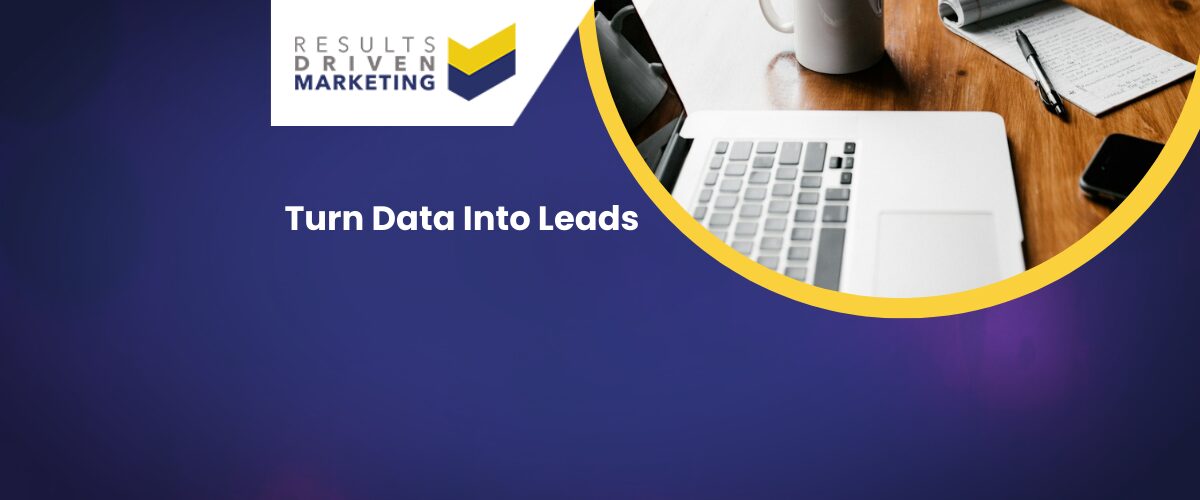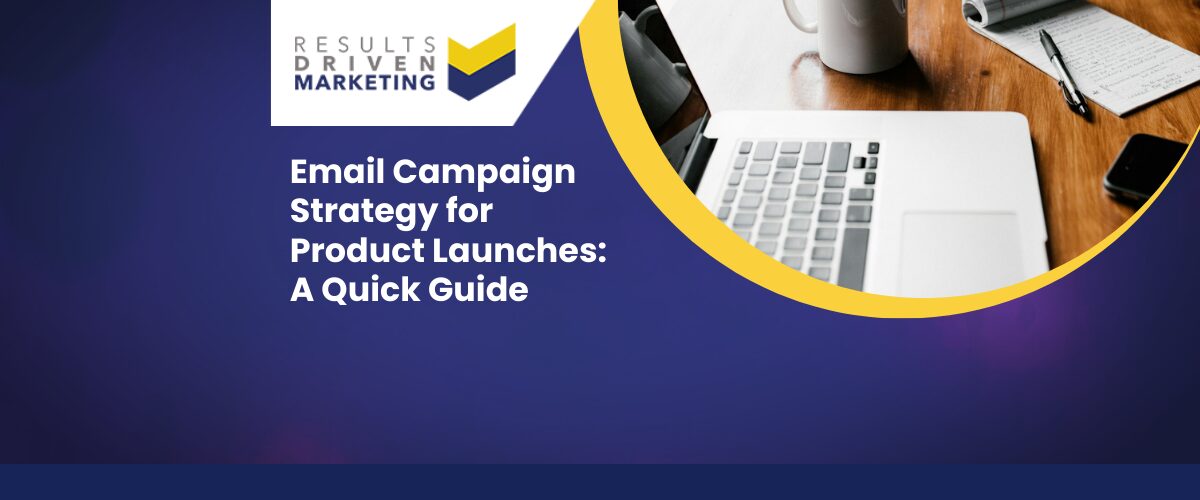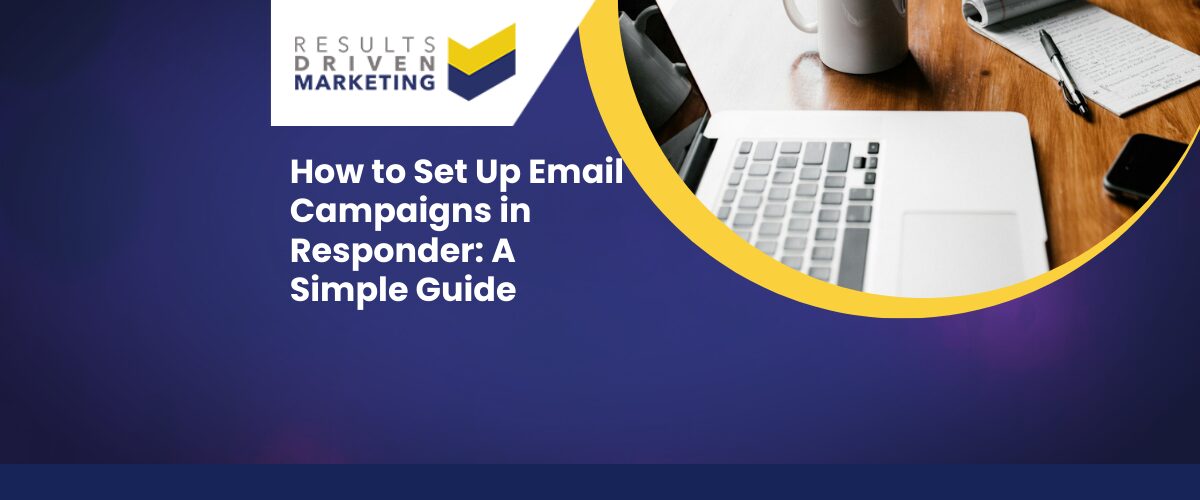
Turn Data Into Leads
Struggling to Turn Data into Leads? You’re Not Alone.
If you’ve ever stared at a spreadsheet full of business contacts and wondered, “What am I supposed to do with all this?” — you’re definitely not the only one.
A lot of businesses we speak to aren’t short on data. What they’re missing is a clear plan to use that data in a way that actually brings in leads. It’s one thing to have information — names, emails, job titles, company names — but turning that into conversations, conversions, and clients? That’s a whole different story.
At RD Marketing, we get it. We work with businesses every day who’ve either bought data or built it up over time, but aren’t seeing the results they expected. And that’s exactly why we’re here — not just to provide quality data, but to help you get the most out of it.
In this guide, we’ll walk you through five practical ways to turn raw B2B data into qualified leads — strategies you can actually use, even if you’re starting with a list that’s a bit messy or out of date.
Let’s get into it.
1. Segment Your Data with Purpose
Why Segmentation Is Step One
Let’s be honest — if you’re sending the same message to every single contact in your database, you’re almost guaranteed to waste time, money, and effort. Why? Because not everyone in your list is dealing with the same challenges, has the same priorities, or is even remotely at the same stage in their buying journey.
This is where segmentation comes in — and yes, it really is step one.
When you break your data down into specific, targeted groups, you make it a lot easier to create messaging that actually resonates. Whether you’re emailing a managing director, a marketing manager, or someone in procurement — each one expects a different kind of conversation. Same goes for businesses in completely different industries or regions.
Put simply: better targeting almost always leads to better results. It’s not just about sending more emails or making more calls — it’s about sending the right message to the right people, at the right time.
Segmentation Ideas
If you’re unsure where to start, here are a few simple but powerful ways to segment your B2B data:
- By industry
Speak directly to the pain points of your audience. A facilities management company won’t be interested in the same pitch as a digital agency. - By job role
Tailor the message to match the decision-maker’s responsibilities. A Finance Director and a Sales Manager think very differently — and so should your approach. - By company size
What works for a large enterprise might not land with a small business. Segmenting by employee count or turnover helps you pitch at the right scale. - By region
Geography can influence everything from compliance requirements to service availability. Localising your campaigns can make them feel more relevant. - By buying cycle stage
If you know someone’s been contacted before or has shown interest, don’t start from scratch. Segment them based on where they are in the sales funnel — and follow up accordingly.
Real-World Example
One of our clients, a business software provider, came to us with a solid list of around 15,000 contacts. Great data — but they were blasting the same campaign to everyone.
We helped them segment the list into just four basic groups:
- Industry type
- Seniority level
- Company size
- Location
After that small change, they were able to tailor their email subject lines, body content, and offers — and the results were immediate. Open rates increased by 31%, click-throughs improved by 22%, and they booked 40% more demos within the first four weeks.
Segmentation doesn’t need to be complicated — but it does need to be intentional.
2. Enrich the Data for More Context
What Data Enrichment Adds
So, you’ve got your list. It has names, email addresses, maybe job titles… but is that enough to really connect with someone?
In most cases, not quite.
If your outreach is feeling a bit generic or your results are hit-and-miss, chances are it’s because you’re missing the full picture of who your contacts actually are — and that’s where enrichment comes in.
Data enrichment is the process of adding extra layers of detail to your existing records. That could be things like phone numbers, LinkedIn URLs, business turnover, industry classifications, or even the decision-maker’s department.
Why does this matter? Because more context means more relevant conversations. And relevance, especially in B2B marketing, is what gets replies, meetings, and ultimately sales.
Enriched data gives you the insight to not only personalise your messaging, but also to prioritise your outreach — focusing on the contacts that are most likely to convert, rather than guessing and hoping for the best.
The Power of Personalisation
When you know more about your prospects, you can speak their language.
For example, knowing that someone is a Marketing Director at a SaaS company is a very different starting point than just knowing they work in “tech.” It allows you to position your message around the specific challenges a marketing leader in that space might face — maybe they’re struggling with pipeline growth, attribution, or campaign performance. Suddenly, your outreach feels less like a cold call and more like a helpful suggestion.
Even small data points can have a big impact. Adding a phone number means you can follow up after an email. Including a company size indicator helps you adjust your offer. Knowing where a company is based might influence your tone, offer, or even timing.
Enrichment isn’t just about having “more data.” It’s about having the right data to guide better conversations.
3. Clean and Maintain Your Database to Turn Data Into Leads
The Hidden Cost of Dirty Data
Let’s talk about something that doesn’t always get the attention it deserves — data hygiene.
Even the best marketing strategy in the world can fall flat if it’s built on inaccurate, outdated, or messy data. Whether it’s bounced emails, duplicate records, or contacting people who’ve opted out, dirty data causes more than just a few technical hiccups — it can hurt your reputation, waste your time, and tank your campaign results.
We’ve seen businesses lose thousands of pounds chasing leads that were never viable in the first place — not because their offer was bad, but because the data simply wasn’t clean.
And here’s the kicker: most of the issues are totally avoidable with just a little bit of regular maintenance.
Cleaning Checklist: Quick Wins with Big Impact
Here’s a straightforward process you can follow to clean things up and stay on the right side of both your prospects and the law:
- Remove duplicates
Reaching out to the same person twice in a short period? It’s a surefire way to annoy them. De-duplicating saves face and streamlines your follow-ups. - Fix formatting issues
Incorrectly formatted names, job titles in all caps, email addresses with typos — these might seem minor, but they impact how your messages are received and whether they’re delivered at all. - Validate emails
Run a bounce check before hitting send. Too many invalid addresses can damage your sender reputation — especially if you’re using your own domain. - Run CTPS/TPS checks
If you’re calling UK-based contacts, it’s your legal responsibility to screen against the Corporate Telephone Preference Service (CTPS). We can help with that too, by the way. - Standardise fields
Ensure fields like job titles, industries, and locations follow a consistent format so you can sort, filter, and segment easily later.
Bonus Tip: Make Cleaning Routine to Turn Data Into Leads
Cleaning isn’t a one-time job — it’s something that should happen before every campaign and ideally on a quarterly basis if you’re managing your own in-house CRM.
If that sounds like a lot to manage, don’t worry — we offer support for one-off cleanups and regular maintenance. Whether your list needs a quick refresh or a complete overhaul, we’ll help you get it campaign-ready.
4. Map Your Data to Multi-Touch Campaigns
Don’t Rely on One Channel
Let’s be real — very few leads convert after a single email or one quick call. That kind of instant win is rare. What actually moves the needle is consistent, well-timed communication across multiple channels.
This is where your data can do some heavy lifting. If all you’re doing is sending out one-off emails and hoping for the best, you’re only scratching the surface of what your data can support.
When you have full, enriched contact details — email addresses, phone numbers, job titles, even LinkedIn profiles — you can start building out multi-touch sequences that feel natural, relevant, and persistent without being pushy.
For example, you might:
- Send an email →
- Wait two days →
- Engage on LinkedIn →
- Follow up with a quick phone call →
- Drop a second, more personalised email next week
Each of those touchpoints builds familiarity and trust — and each one is backed by the data you’ve collected.
Match the Channel to the Contact
Not everyone responds the same way. A Sales Director might prefer a short, direct phone call. A Marketing Manager might engage with content shared on LinkedIn. A Managing Director may need more context and time, so a well-crafted email might be the best first step.
When you have data that includes job roles, seniority levels, and even engagement history, you can tailor not just your message, but your approach.
- C-suite? Try email + phone follow-up.
- Middle management? Lead with LinkedIn or email content.
- Procurement or ops teams? Consider targeted case studies or ROI-based messaging.
You don’t need to be everywhere at once — but you do need to be where your audience is most likely to engage.
Practical Example
One of our agency clients recently ran a campaign using a B2B list we provided. Instead of emailing everyone at once, they grouped contacts by seniority and preferred communication channel (email or phone).
They used an email first approach for marketing roles, while calling sales leaders directly after sending a short teaser email.
The result? A 2x increase in booked meetings within 3 weeks, with several turning into long-term retainers.
And the secret? Just using the data more thoughtfully.
5. Track, Test & Tweak Your Approach
Don’t Set and Forget
You’ve segmented your data, enriched your records, cleaned everything up, and mapped out a solid multi-touch campaign. Great. But here’s the thing — if you stop there, you’re missing out on one of the biggest advantages of working with structured B2B data: the ability to learn and improve.
One of the most common things we see is businesses launching a campaign… and then just waiting, hoping for results. But the truth is, data-driven marketing works best when it’s treated as an ongoing process, not a one-time event.
By tracking performance and testing different elements of your campaigns, you give yourself the chance to actually learn what’s working — and more importantly, what’s not.
What to Track
You don’t need to drown in analytics. Just keep an eye on a few key metrics:
- Open rates – Are your subject lines doing their job?
- Click-through rates – Is your offer resonating?
- Response rates – Are your messages sparking interest or action?
- Conversion rates – Are leads actually moving forward?
If a particular segment is underperforming, it might be worth tweaking your message — or even re-checking the accuracy or freshness of the data for that group.
Split Test Small Changes to Turn Data Into Leads
One of the most powerful things you can do is run A/B tests — small variations in subject lines, messaging, call-to-actions, or even sender names.
For example:
- Try a subject line that asks a question vs. one that makes a bold statement
- Change your CTA from “Book a Demo” to “See How It Works”
- Test a short-form vs. a slightly longer email
Sometimes the smallest change leads to the biggest results. And when you’re working with segmented, enriched, and well-maintained data — you can really start to pinpoint what’s working best for each audience type.
Keep the Feedback Loop Alive
Every campaign gives you something valuable — data about your data. What segments convert faster? Which industries open more emails? Which job roles respond best to LinkedIn outreach?
Use these learnings to refine future campaigns. The more you test, track, and tweak, the more accurate and efficient your marketing becomes.
And of course, if you’re not sure where to start or what to change — we’re always here to help.
Final Thoughts: You Don’t Need More Data — You Need to Use It Better to Turn Data Into Leads
It’s easy to think that lead generation problems are caused by not having enough data. But in reality, most businesses already have access to plenty of it — it’s just not being used as effectively as it could be.
The good news? That’s something you can fix — and it doesn’t require a massive overhaul.
To recap, here are five practical ways to get better results from the data you already have:
- Segment it with intention — so every message lands with the right audience.
- Enrich your records — for smarter targeting and more personalised outreach.
- Clean your database — because bad data leads to bad results.
- Use multi-touch campaigns — to build momentum and trust.
- Track and improve — so every campaign gets stronger than the last.
Each step moves you closer to generating consistent, qualified leads — and if you’re feeling a bit stuck or unsure where to begin, you’re not alone.
Need a Hand? We’ve Got You.
Whether your current data just needs a tidy-up, or you’d like to fill in the gaps with fresh, enriched records, we’re here to help. No jargon. No hard sell. Just honest, practical advice from a team that genuinely wants you to get the best return possible.
✅ We can help you:
- Organise and clean your existing database
- Append missing information (like job titles, phone numbers, CTPS flags, etc.)
- Provide new, targeted data lists matched to your goals
- Understand GDPR as it relates to cold outreach
📩 Just get in touch here — we’ll happily walk you through what’s possible.
Let’s make your data work harder, so you don’t have to.





